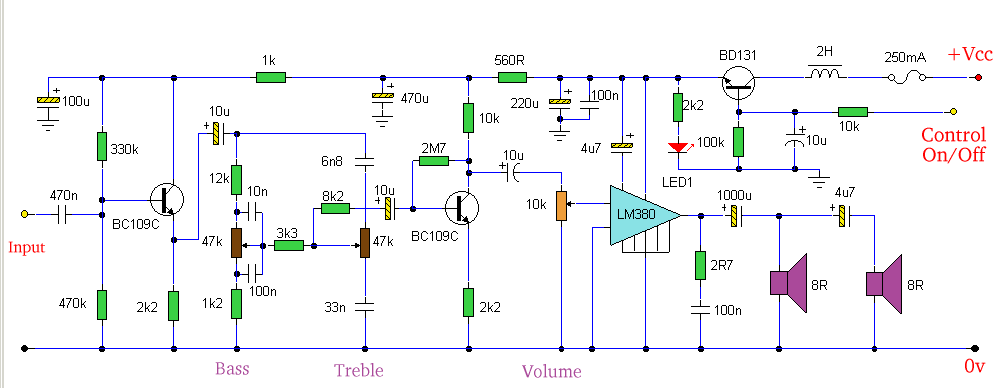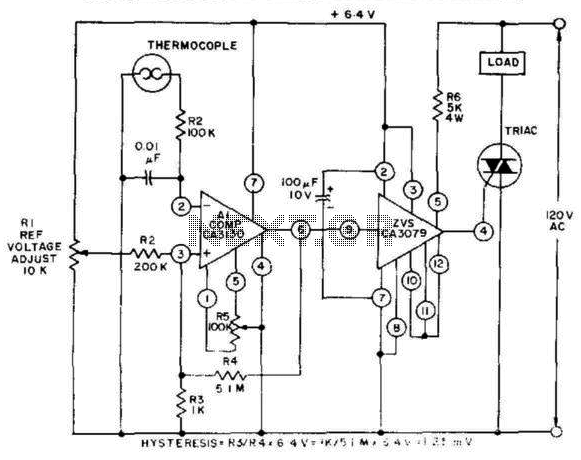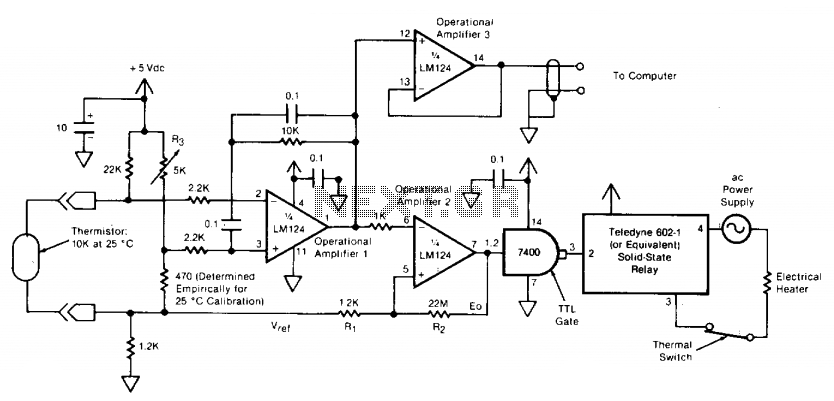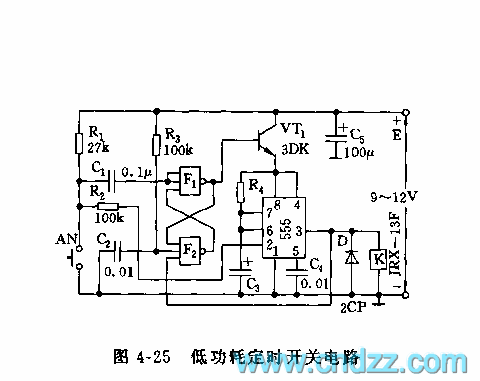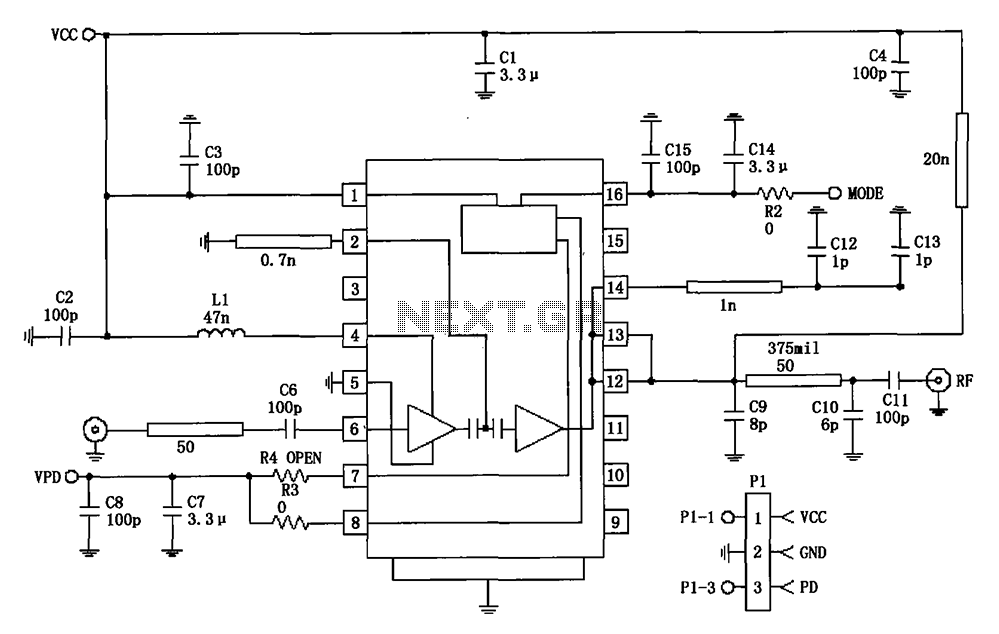
ON/OFF Power Control with Single Pushbutton
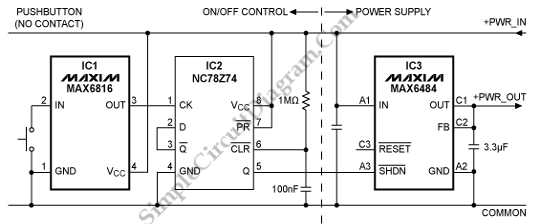
Today, simplicity and minimal controls are required for the design of a handheld device. It would be very useful if a circuit allows us to turn the power on or off.
A handheld device requires an efficient power management circuit to ensure ease of use and reliability. The design should incorporate a simple power switch mechanism that can effectively control the device's power state. A basic implementation could involve a single-pole single-throw (SPST) switch that connects the power supply to the device.
In addition to the SPST switch, a microcontroller can be integrated to manage power states more intelligently. The microcontroller can monitor the device's status and enable low-power modes when the device is idle, thus conserving battery life. This approach can be complemented by using a low-dropout (LDO) voltage regulator to maintain stable power supply levels, ensuring that the device operates optimally under varying load conditions.
Furthermore, implementing a soft-start circuit can prevent inrush current during power-up, protecting sensitive components from damage. Including an LED indicator can provide visual feedback to the user regarding the power status, enhancing the overall user experience.
For added functionality, the circuit can be designed to include a momentary switch that activates the device temporarily, allowing for quick access without needing to fully power on the device. This feature can be particularly beneficial in applications where immediate response is critical.
In summary, a combination of a simple SPST switch, a microcontroller for power management, an LDO regulator for stable operation, and additional features such as soft-start and visual indicators can create a robust power control circuit for handheld devices, meeting the requirements of simplicity and minimal controls.Today, simplicity and minimum controls is required for design of a handheld device. It will be very useful if a circuit allow us to turn the power on or of.. 🔗 External reference
A handheld device requires an efficient power management circuit to ensure ease of use and reliability. The design should incorporate a simple power switch mechanism that can effectively control the device's power state. A basic implementation could involve a single-pole single-throw (SPST) switch that connects the power supply to the device.
In addition to the SPST switch, a microcontroller can be integrated to manage power states more intelligently. The microcontroller can monitor the device's status and enable low-power modes when the device is idle, thus conserving battery life. This approach can be complemented by using a low-dropout (LDO) voltage regulator to maintain stable power supply levels, ensuring that the device operates optimally under varying load conditions.
Furthermore, implementing a soft-start circuit can prevent inrush current during power-up, protecting sensitive components from damage. Including an LED indicator can provide visual feedback to the user regarding the power status, enhancing the overall user experience.
For added functionality, the circuit can be designed to include a momentary switch that activates the device temporarily, allowing for quick access without needing to fully power on the device. This feature can be particularly beneficial in applications where immediate response is critical.
In summary, a combination of a simple SPST switch, a microcontroller for power management, an LDO regulator for stable operation, and additional features such as soft-start and visual indicators can create a robust power control circuit for handheld devices, meeting the requirements of simplicity and minimal controls.Today, simplicity and minimum controls is required for design of a handheld device. It will be very useful if a circuit allow us to turn the power on or of.. 🔗 External reference

